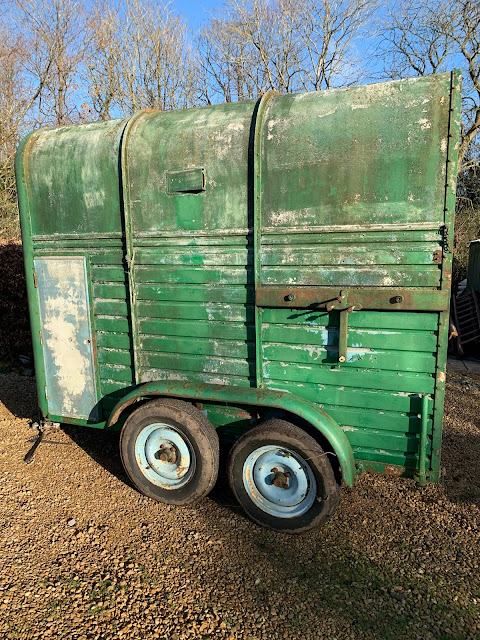There are as many recipes for marmalade as I've had hot dinners, (and that's quite a few) but over the years I've found this is the easiest, and most reliable. It's particularly useful for Aga owners, in that you can leave the fruit to cook in the bottom oven overnight, but it's easily adapted to ordinary cookers.
I generally make two styles of marmalade, as I find that consumers fall into two distinct camps. The ones who like fine shreds in a light orange fruity marmalade, generally women, and those who like big chunks in an altogether darker preserve, usually men. So I call them Ladies Breakfast Marmalade, and Gentleman's Oxford Style Marmalade respectively. However, I'm not sexist about it and you can actually eat whichever you like, with no sinister hormonal effects.
Ladies Breakfast Marmalade
should yield around 10lbs
3 lbs/1.5kg seville oranges (or any mixture of other citrus if you prefer)
2 lemons
6lbs/3kg granulated sugar
4 pints/2.5litres water
Place the whole fruits in the water in a saucepan and bring to the boil. Cover and simmer very gently until soft. This can be acheived in the slow oven of the Aga overnight (be sure to put a plate on top of the fruit to avoid unsightly browing), or on the hob on a very slow simmer for a couple of hours or so, until the skins are very soft. Leave until cool enough to handle, then halve the fruit and scoop the insides out with a soup spoon back into the saucepan, and set the peels aside. Place the saucepan back on the heat to simmer gently while you deal with the peel.
Cut each half in half again, and then taking several skins together slice the peel as thinly as you can. It should be quite soft and easy to cut.
Now you can turn up the heat and boil the marmalade to setting point. You can discern this by use of a jam thermometer, which will register around 220F/105C, or by the old fashioned cold plate method.
Place a small plate in the freezer for a few minutes, and when you are ready to test, drop a small spoonfull onto the plate. If, after a minute or two you can push the marmalade with your finger and it forms a wrinkly skin, then it's ready. It's difficult to be exact, but it shouldn't really take much more than ten or fifteen minutes, sometimes less.
Turn off the heat and stir in a knob of butter, which helps disperse scum. You will need to allow the marmalade to cool a little before potting, so that all the peel doesn't rise to the tops of the jars. Ten minutes or so should do it. Make sure your jars are clean and sterile by putting them in the oven for ten minutes or on a hot dishwasher cycle. Cover straight away with cellophane covers, or even better, screw tops.
Gentleman's Oxford Style Marmalade
Make exactly as above but slice the peel in chunkier bits, and when adding the sugar include two good tablespoons of black treacle, or blackstrap molasses.
Don'f forget the pretty labels.







I am even more impressed with the Aga cooker. I did a google search to find out what an Aga looked like and found that I would need to travel over a hundred miles just to see one. They sound wonderful. So does the marmalade.
ReplyDeleteGoodness, you have been busy. I'm always so impressed with marmalade makers as it does seem to take quite a lot of time. But having grown up on home made marmalade, I can't cope with shop bought varieties. I'd better remind my mother it's Seville orange time again!
ReplyDeleteHi Choclette, yes it's definately not a quick thing to make, but I only do it once or twice a year, and you can get on with other things as well. Hope your mum comes up trumps!
ReplyDeleteOh my, that sounds so yummy. I am not sure I can find the right kind of oranges here, but I might have to try your recipe anyway. I do think I will prefer the girlie kind, though. Guess you pegged me correctly! Thanks for sharing!
ReplyDeletemissliz - if you can't find the very sour seville oranges, you can make a very good marmalade with a mixture of grapefruit, sweet oranges and a couple of lemons. Thanks for commenting.
ReplyDelete